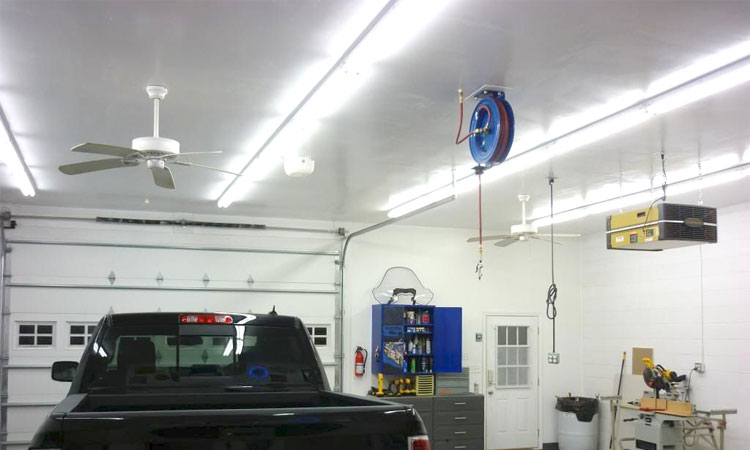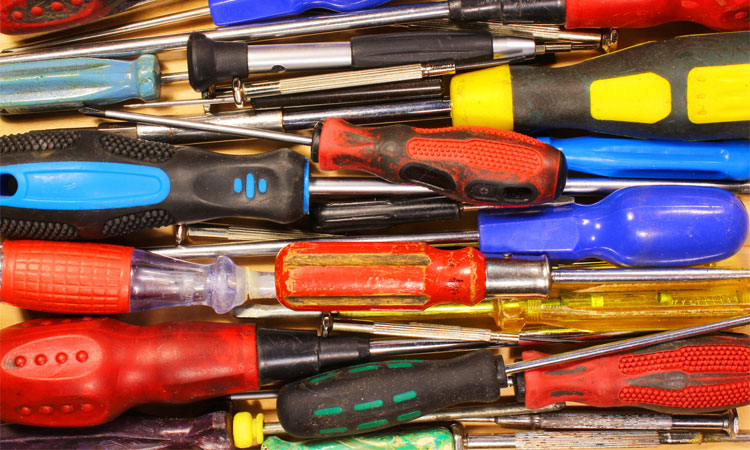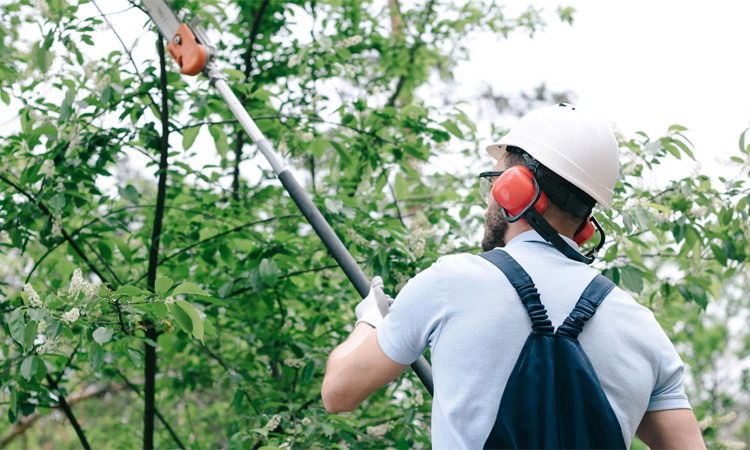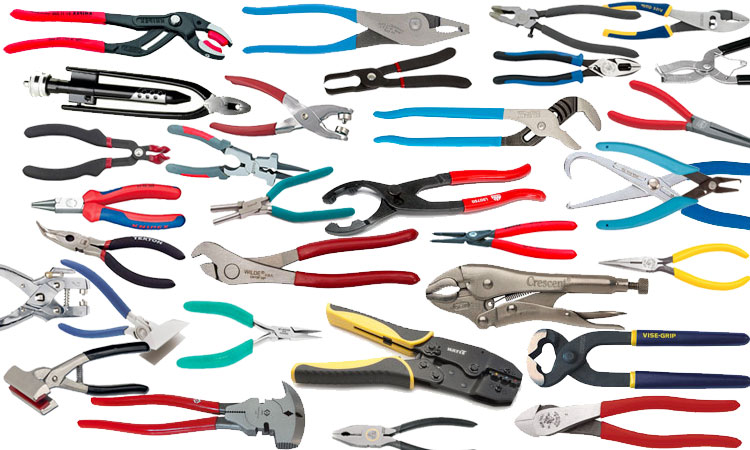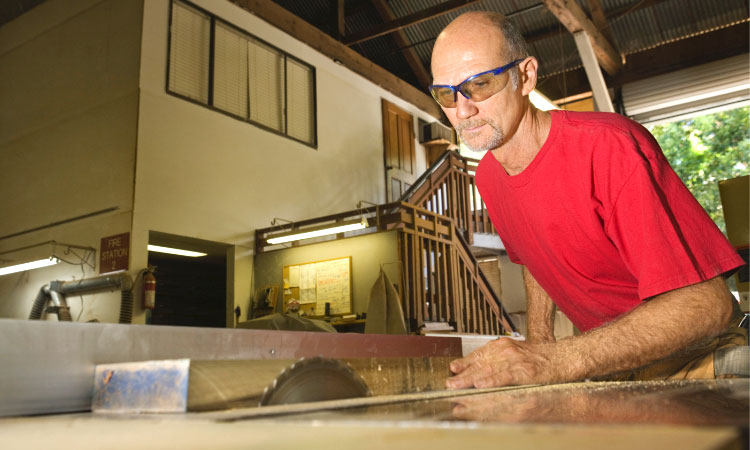Top 10 Most Dangerous Tools in the Garage
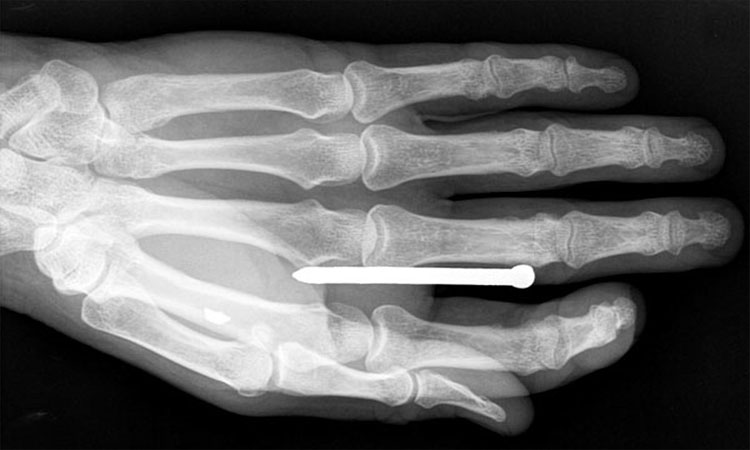
Tools have been used by mankind for thousands of years, and they have always shared one important trait: Tools can be dangerous when improperly used.
The rise of recent injuries with hand held tools are mainly attributed to DIY amateurs who have not been shown how to properly use a tool or even bothered to read the product manual.
To that end, Garage Tooled is focusing on tools that are commonly used in the home workshop, omitting such notable devices as snowblowers, mowers, and wood chippers in favor of tools that you may be using for DIY projects.
Here are the 10 most dangerous tools found in your shop or garage along with specific safety tips for each tool.
Top 10 Most Dangerous Tools
1. Powered Saws
Powered saws of all types are inherently dangerous, from small circular saws to stationary table saws. Saws which use circular blades may be spinning the teeth at upwards of 2500 rpm, fast enough to remove a limb before the user has a chance to react.
For increased safety, never remove factory guards or safety controls, and clamp materials rather than attempting to hold them by hand.
2. Chainsaws
Chainsaws fall into a different category than other saws, with their own special dangers.
Always stop cutting if someone enters a 10 foot radius of your location, for instance, along with the danger of the saw bouncing back, limbs snapping, and more.
Never attempt to operate a saw if you are not standing on a stable surface.
3. Nail Guns
A nail gun can literally embed multiple nails into a wood surface in a second. Do not disable the safety devices, always disconnect the air hose when a nail gun is not in use, wear safety goggles, and beware of the materials you are shooting into.
Even a small brad nailer can cause serious injury if not used correctly. Beware of ricochets from improperly placed shots.
4. Ladders
Ladders and scaffolds account for a percentage of home and workplace accidents every year, a including secondary injuries such as falling onto the tools you are using.
Always tie the ladder off or use a step ladder. Even short step stools can cause injury when not used correctly.
Do not try to use ladders on uneven or loose terrain, and consider using a safety harness if on an extension ladder and more than 10 feet off the ground or need to work with both hands.
See Also: 27 Types of Ladders
5. Power Drills
There are three distinct types of injuries related to drills: Puncture wounds, wounds caused by loose clothing caught on the bit, and miscellaneous injuries such as electrocution from drilling into live wiring.
All but the largest of drills are designed for a single person to use, and multiple hands near the device makes injury more likely. As technology improves, cordless drills get more powerful which can increase the chance of injury.
6. Grinders
It has been reported that a high number of injuries caused by a grinder affect the head and face, but other injuries, including severe cuts and fire, are possible in the right circumstances.
Always wear eye protection. As with all power tools, you should never remove the guards or bypass safety mechanisms on a bench grinder, or serious injury and disfigurement may result.
7. Repurposing Any Tools
Tools are designed for specific uses, and using them for anything else is inviting serious consequences. For example, even a screwdriver can blind or cut if it’s not specifically designed to be used as a chisel.
Use the right tool for the job at hand, including the right type of hammer (claw, ball pein, masonry, etc), and use it as the manufacturer intended.
8. Air Compressors
Sure the pneumatic tool at the other end of the air hose may also be dangerous but air compressors themselves are quite dangerous, especially those not properly maintained.
While the possibility of a tank rupture is very rare, it can happen as rust eats away at the tank from the inside.
More common are injuries due to brass connectors which slip while connecting or not properly seated which can then fly off with great force from the pressure.
9. Axes
While an axe is not a power tool, it does account for a high number of home and workplace injuries every year. Before use, make sure the handle is in good condition and the blade is securely fastened.
Keep a 10 foot radius clear around your work area, and place your feet so that they will not be in the strike zone of ricochet blows.
 10. Utility Knife
10. Utility Knife
The humble utility knife is one of the most consistently dangerous tools in your tool box because it has a razor sharp edge that can cut through many materials, including denim or flannel, in a single slice.
Keep yours free of debris, and get in the habit of automatically sheathing the blade after every use. Otherwise you’ll be running for your home first aid kit.

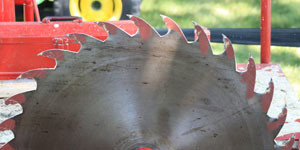
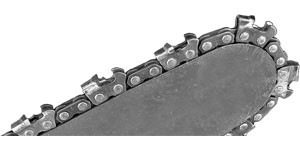
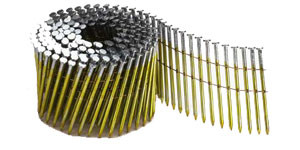
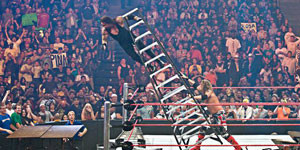
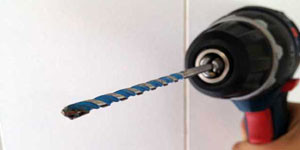
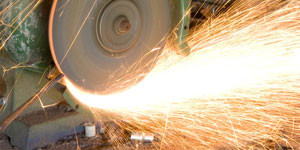
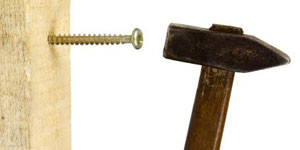
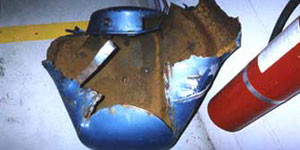

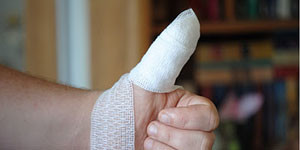 10. Utility Knife
10. Utility Knife